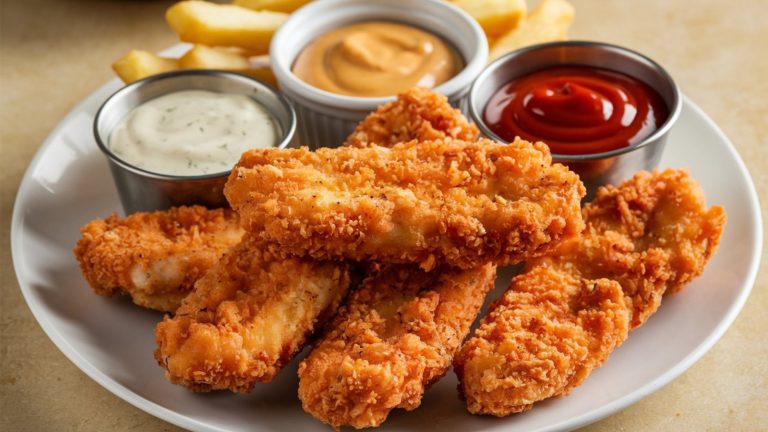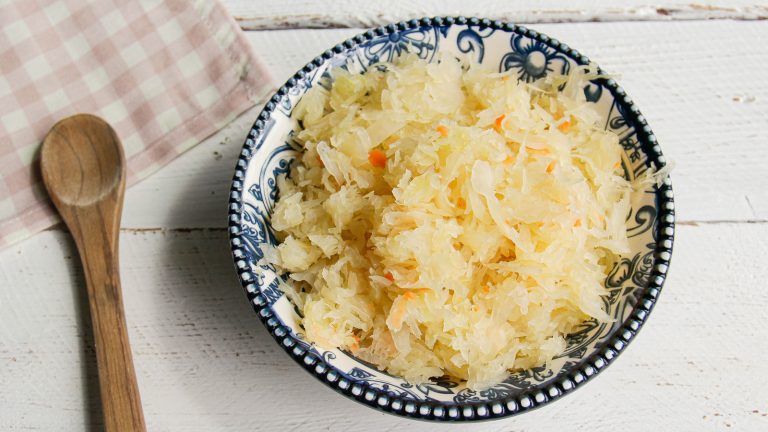Opening your smoker to find that your brisket has got burnt edges and a dry middle is a total downer. But aside from lowering the temperature on your next attempt, there’s something else you can try to guarantee that your next hunk of beef is moist and tender. The good news? It might be hiding right under your nose in your backyard. Silvio Correa, Grill Master at Silvio’s BBQ Official, highly recommends using a blocking log for larger smokers as it “helps control airflow and keep temperatures steady, which is crucial for long cooks.”
“I place a blocking log near the firebox early on to manage heat distribution and airflow evenly throughout the cooking process,” explains Correa. The result? A succulent cut of meat that’s as flavorsome and juicy as a slow-cooker brisket. As the name suggests, a blocking log occludes direct heat from hitting items placed in a smoker and diverts it; the hot air has to move up and over the wood, causing it to disperse and circulate around the meat as opposed to hitting one spot.
As this technique softens the blow of heat rushing into the pit, it protects the edges of a brisket that are closest to the fire and prevents them from burning. According to Correa, “hardwood logs like oak, hickory, or pecan” are the best as they “burn evenly and add great smoky flavor.” So, if you’ve got any of these varieties in your backyard, go ahead and use them freely to make better brisket.
Blocking logs will imbue your brisket with smoky flavor
When selecting your wood, choose a dense chunk, rather than a thin piece that could ignite inside your smoker. As it heats up, it will imbue your smoked brisket with characterful flavor. For example, hickory is perfect for lending meats a nutty, savory note, while pecan suffuses them with a sweeter personality. However, bear in mind that there are some types of wood that shouldn’t be used as blocking logs, even if you have plenty of them in your wood pile. “Avoid backyard softwoods; they release resinous smoke, which can ruin the taste,” advises Correa. “If you don’t have wood, charcoal works great, I’m a big fan of mesquite lump natural charcoal.”
If you’ve packed your smoker with several briskets and they’re close to the fire box, consider cooking them on a lower heat for the first couple of hours until they shrink. Then you can move them away from the fire and place your blocking log inside before increasing the heat. Other simple ways to add flavor to your brisket include topping it with barbecue sauce or spritzing it with apple cider vinegar, apple juice, cider, or beer as it cooks. This move adds moisture to the surface of the meat, which prevents it from drying out. Moreover, it also lends the brisket heaps of complex flavor, sweetness, and caramelization.






